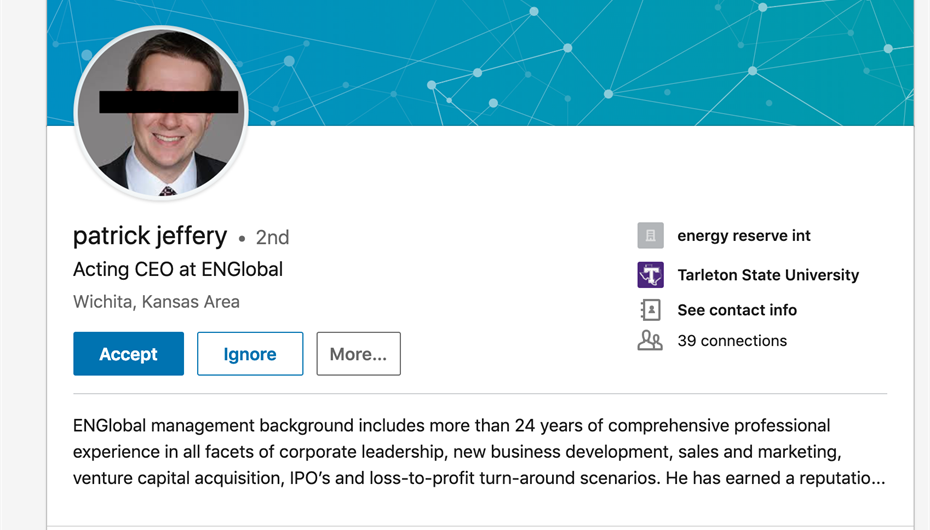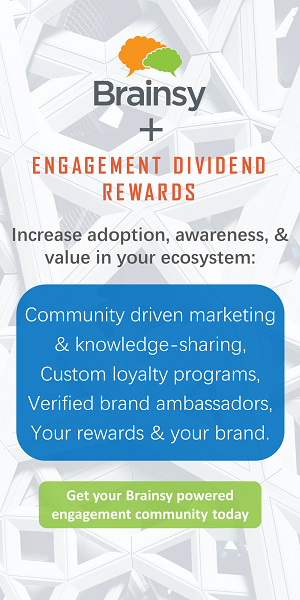Recently, I got yet another connection request from a fake LinkedIn profile / user. Fake profiles seem pervasive on LinkedIn and it gives bad actors a chance to wreak havoc, steal data, hack, and be a general menace to society.
Someday, LinkedIn may be more similar to Brainsy powered networks which are identity-verified networks to reduce these risks. But until that day, let's offer LinkedIn some free advice. We know that LinkedIn, via Microsoft, has access to some of the best technology developers in the world. Therefore, we'd recommend they write a simple algorithm that checks the uploaded profile image of a new user against the profile images of existing LinkedIn members. Anytime there's a match, put the new user on hold and notify the existing user of the attempted ID theft. Also, create a process to reconcile disputes between these individuals.
It doesn't appear this is being done today because Google image searches can help uncover the real ID of a fake LinkedIn profile and then a LinkedIn name search can show that the real person already has an existing profile on LinkedIn. If you're not certain about a connection request via LinkedIn, Google image searches are a good way to uncover fraud.
Happy to provide this nugget of advice to LinkedIn free of charge for the greater good. But if LinkedIn wants to chat with me (or any of the other people using a Brainsy powered network) for other advice, they can use our InCall® feature. https://eco.brainsy.com/brianchristie And next time, they'll have to pay.
Register for FREE to comment or continue reading this article. Already registered? Login here.
2

